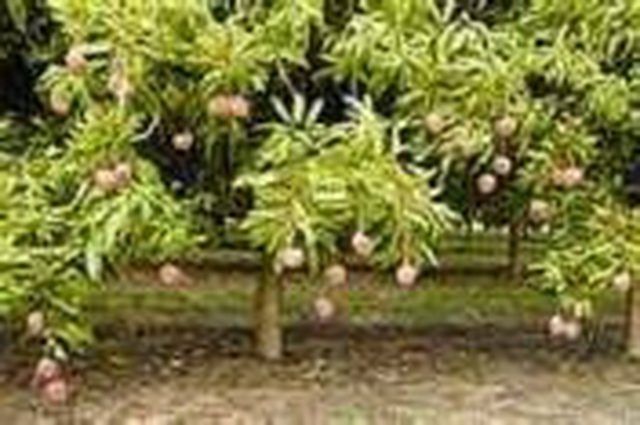Bulbs
Flower Basics
Flower Beds & Specialty Gardens
Flower Garden
Garden Furniture
Garden Gnomes
Garden Seeds
Garden Sheds
Garden Statues
Garden Tools & Supplies
Gardening Basics
Green & Organic
Groundcovers & Vines
Growing Annuals
Growing Basil
Growing Beans
Growing Berries
Growing Blueberries
Growing Cactus
Growing Corn
Growing Cotton
Growing Edibles
Growing Flowers
Growing Garlic
Growing Grapes
Growing Grass
Growing Herbs
Growing Jasmine
Growing Mint
Growing Mushrooms
Orchids
Growing Peanuts
Growing Perennials
Growing Plants
Growing Rosemary
Growing Roses
Growing Strawberries
Growing Sunflowers
Growing Thyme
Growing Tomatoes
Growing Tulips
Growing Vegetables
Herb Basics
Herb Garden
Indoor Growing
Landscaping Basics
Landscaping Patios
Landscaping Plants
Landscaping Shrubs
Landscaping Trees
Landscaping Walks & Pathways
Lawn Basics
Lawn Maintenance
Lawn Mowers
Lawn Ornaments
Lawn Planting
Lawn Tools
Outdoor Growing
Overall Landscape Planning
Pests, Weeds & Problems
Plant Basics
Rock Garden
Rose Garden
Shrubs
Soil
Specialty Gardens
Trees
Vegetable Garden
Yard Maintenance
How to Grow Mango Trees in Texas
How to Grow Mango Trees in Texas. Mango trees are tropical trees and prefer a frost-free environment. The fruit from the mango tree is very popular for its flavor and versatility in cooking. Mango trees can be grown in Texas, but only certain types are preferred. They are Haden, Irwin, Tommy Atkins, Kent and Keitt. Haden, Irwin and Tommy Atkins...

Mango trees are tropical trees and prefer a frost-free environment. The fruit from the mango tree is very popular for its flavor and versatility in cooking. Mango trees can be grown in Texas, but only certain types are preferred. They are Haden, Irwin, Tommy Atkins, Kent and Keitt. Haden, Irwin and Tommy Atkins produce mature fruit in June; Kent produces fruit in July; and Keitt produces fruit in August.
Things You'll Need
Mango trees
Shovel
Extra soil
Mulch
Instructions
Choose a sunny location on the south or east side of the home and within 12 feet of the structure for protection in the winter. This site will require full sun in order to bear fruit and needs soil that drains well.
Space the mango trees 12 to 15 feet from each other and other trees. Mango trees grown in Texas may not reach full height due to occasional freezing conditions.
Remove all planting material from the root ball with water prior to planting until all roots are exposed. This enables the mango tree to establish itself in the ground.
Dig a hole in the ground one size larger than the root ball. For example: if the root ball is 4 inches around, dig a hole that is 5 inches around. Replace the soil around the root ball. Using extra soil, build a dam around the hole. This holds the water around the tree. Fill the dam with water and after it soaks in, add any soil that is needed to finish filling the original hole around the tree.
Water the tree three times in the first week by filling the dam with water and letting it soak in. Repeat the next week except only two times. Continue this watering technique until the dam erodes away. The mango trees will then be established and will continue to grow without additional watering.
Remove any grass or weeds for several feet around the tree as these will divert water away from the mango tree. As the tree grows, keep the ground free from grass and weeds under the tree branch line.
Add organic mulch around the base of the tree. Pruning is necessary only to remove any dead branches or limbs. Fertilize yearly. Cover any young trees with a cloth covering, which should be anchored to the ground, to protect the trees from temperatures below 40 degrees Fahrenheit. Mango trees should bear fruit in the third year of growth.
Tips & Warnings
If your area of Texas experiences freezes and frosts during the winter, plant your mango trees in large pots approximately 30 to 40 inches in circumference so they can be brought indoors when needed. There are dwarf varieties, which do not grow very tall, that are ideal for growing in containers.